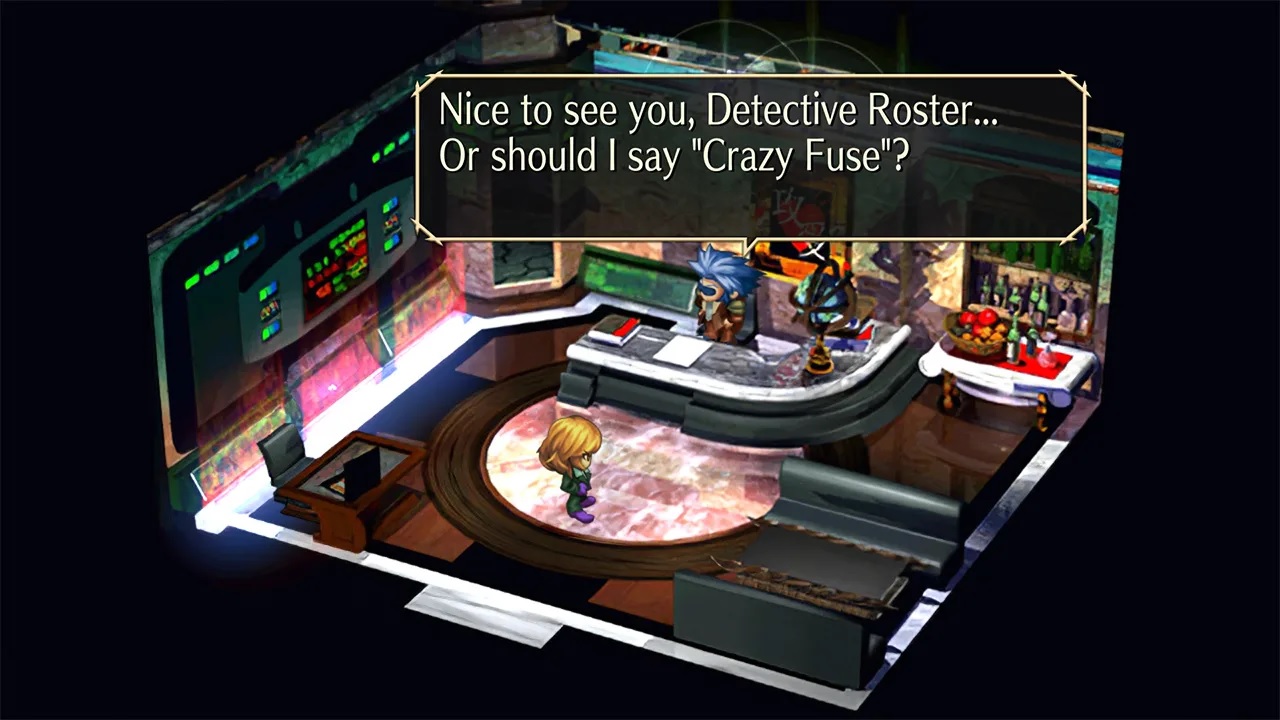

There's about 15 other main party members that show up as major figures in the game plot. Each main character also has a sidekick that is functionally co-protagonist and has a huge amount of dialogue. There are four main protagonists and about 80 playable characters total.
Saga frontier remastered pushing limits series#
RS1->2->3 is where the series really started to come up with a set of defining mechanics, but under the hood similar mechanics can have vastly different purposes (like LP being an SRPG/TRPG "wound" system to force party rotations, or RS3/SSG stats being like set D&D stats rather than stats that grow over the game). Campaigns are more unique than RS1/3, but not as unique as SF/US. Scarlet Grace is like a middle ground between the RS1/3 structure and the SF1/US structure. interesting, but super messy and super busted and broken in bad ways. Romancing SaGa 2 is SaGa mechanics in a really unique game structure of a bunch of generations of generic party members over a 1000 year history in a long campaign of the kingdom of Avalon vs. Remakes of 2 and 3 add a ton more mechanical depth. SaGa 3 is basically just a regular JRPG with some SaGa mechanics.

SaGa 1 and 2 are slightly open "traditional" JRPGs.


Unlimited SaGa is like a weird experimental boardgame adaptation of tabletop RPGs, with the 7 Short Story structure of SaGa Frontier. Romancing SaGa Remake (Minstrel Song) is based on RS1, but has tremendously more mechanical depth. SaGa Frontier 2 is narrative focused collection of around 80 chapters spread across an 80 year history of two families. Romancing SaGa 1 and 3 have multiple protagonists, but are the same 30-50 campaign for the most part for each of the 8 characters, with some changes. SaGa Frontier was the first to go with 7 "short stories" and shorter playthroughs Hell, all of the duos other than Urpina and Mondo can be hilarious. Taria's is clearly the campaign that got the least development time, but Taria and Kahn can both be really funny. Her difficulty comes from both her and some of her starting characters being really powerful but hard/unintuitive to use. It has a similar structure as Urpina's, except her Chapter 1 is not dramatic or branching.
Saga frontier remastered pushing limits full#
One branch has only a few zones allowed in the final chunk, while the other allows full exploration. He has to do at least one of the other three plots, and then optionally one other one, depending on which ending path you do. His main plot is the Sigfrei There's a major plot branch, a smaller one, and some different resolutions to the individual chapter stories. On paper, his is the easiest.īalmaint: The Linear character, but even that isn't super descriptive. The difficulty comes from how open and overwhelming it can be, rather than the difficulty of the encounters themselves. His main quest (Scarlet Shards) is totally optional but all four main quests are happening in his world at the same time (well, Sigfrei is super abridged). This is NOT like Lute's game, as there is every bit as much story and dialogue as the other characters, just totally open. Leonard: The Open-world character, with almost no required fights before the final boss. Their main quest is the Earth Serpent campaign, but you do 2 of the 3 other three, which impact her finale and ending. The difficulty in her campaign is that there's big dramatic RPG moments that usually come in the form of chain-battles that include boss and minibosses. Urpina: The most like a traditional RPG, but has a branch plot that justifies multiple playthroughs, and also gets a lot of the best "unique" characters early on. Each of the four campaigns has a different structure, and a different way to contribute to being a unique experience and challenge.


 0 kommentar(er)
0 kommentar(er)
